A garden hose is one of the most important tools you can use to care for your garden, so maintaining it and looking after it as best you can is always advised. Hosepipe storage is a crucial component of this.
Proper hose pipe storage, such as garden hose reels, can prolong your garden hose's life and protect it from any damage during the hot summer or freezing winter months.
If your hose pipe is damaged due to improper storage, it can become challenging to water your plants, and you may need to replace it sooner than planned. These considerations make it all the more important to choose the best when it comes to garden hose storage.
This complete guide to hose pipe storage will take you through the various methods of how to store your garden hoses and give detail into what kinds of storage options are available. We'll also share some seasonal advice and aim to answer any other general questions about garden hose storage! Read on for more.


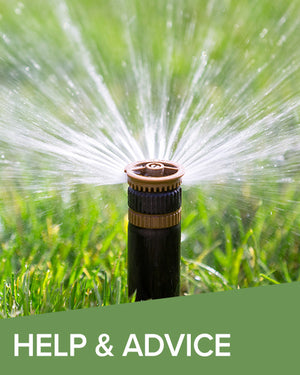
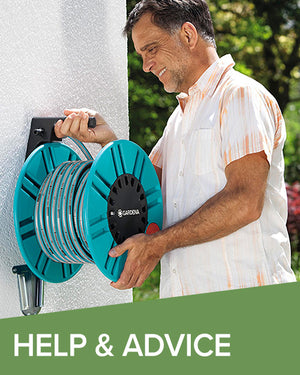
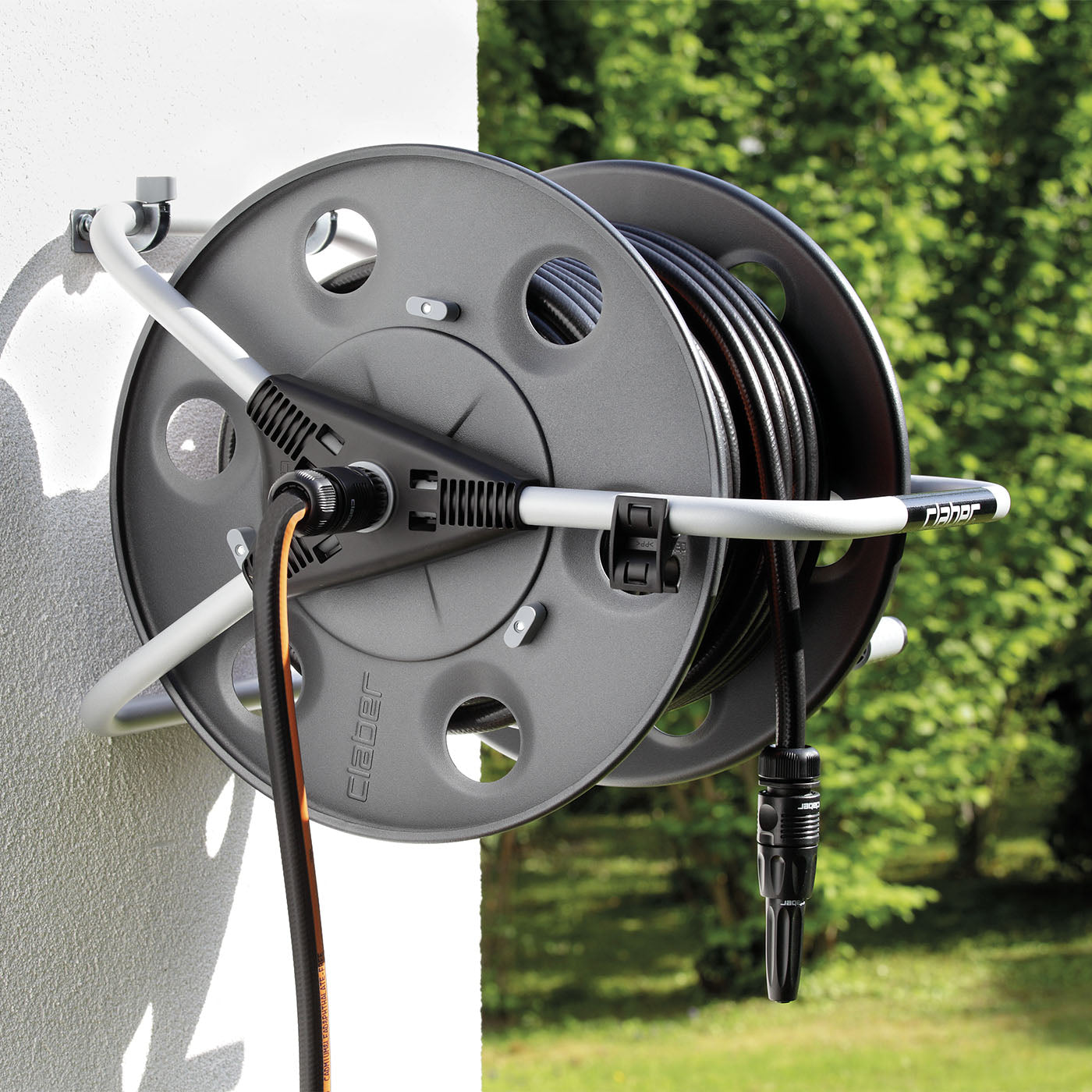



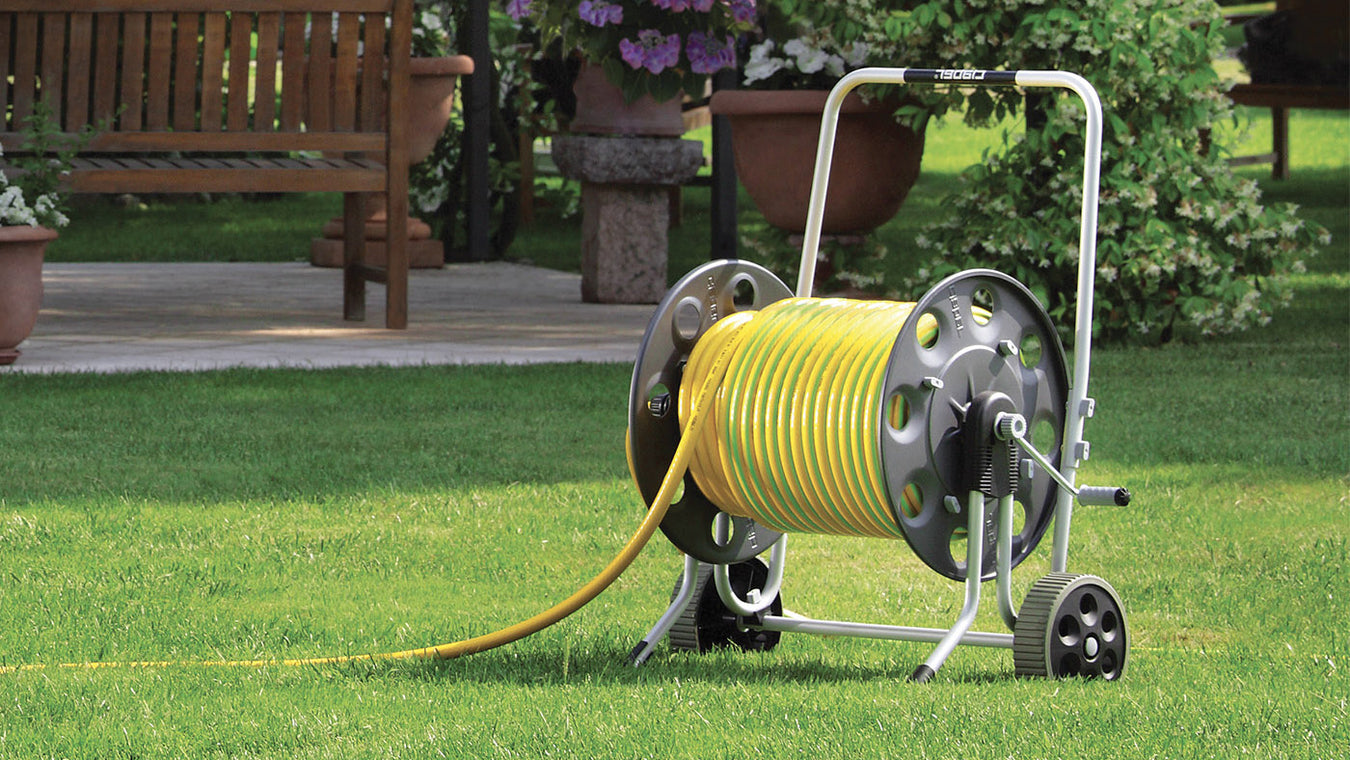
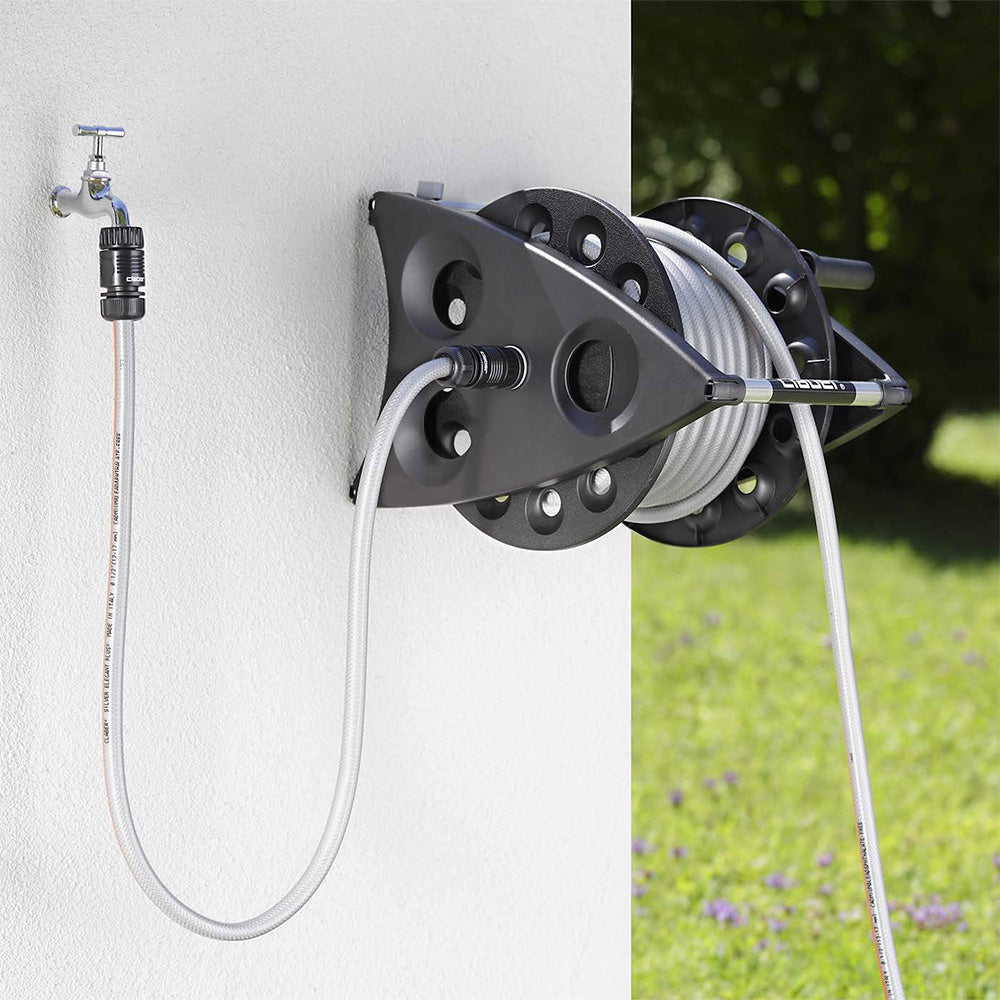
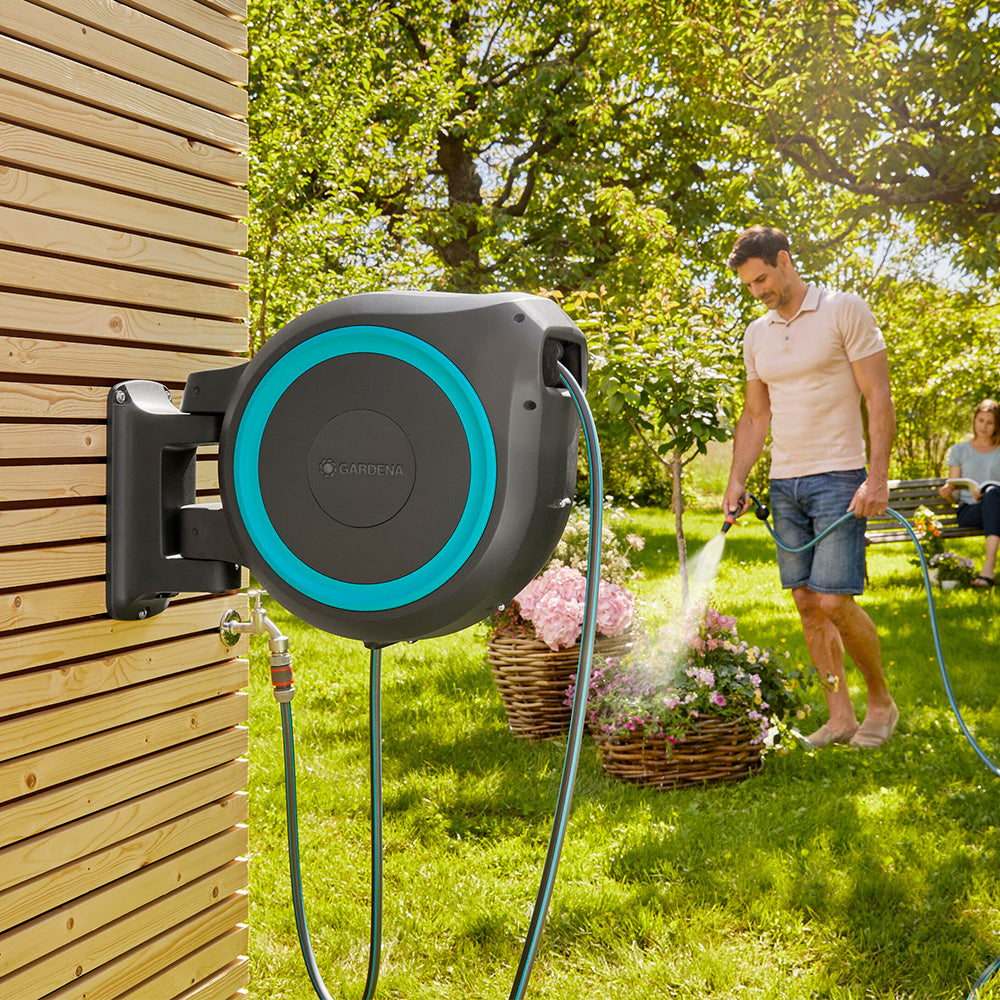
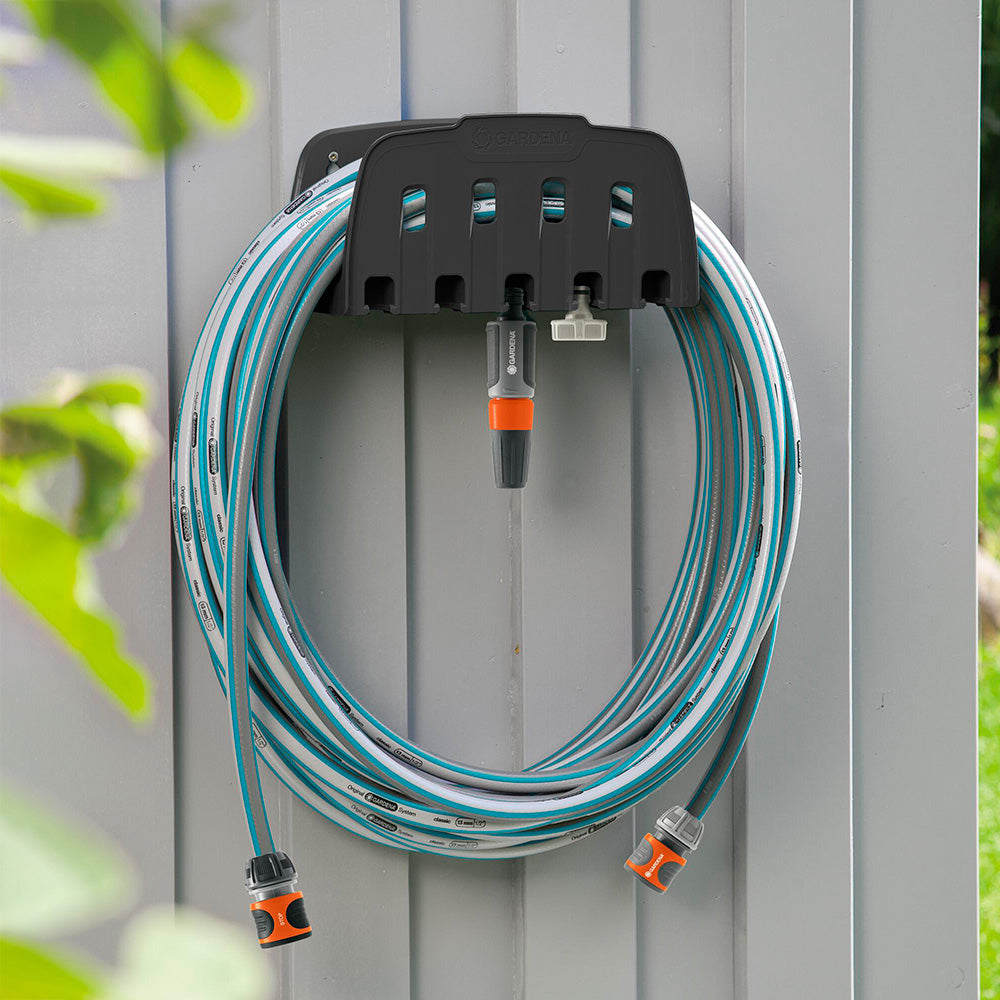
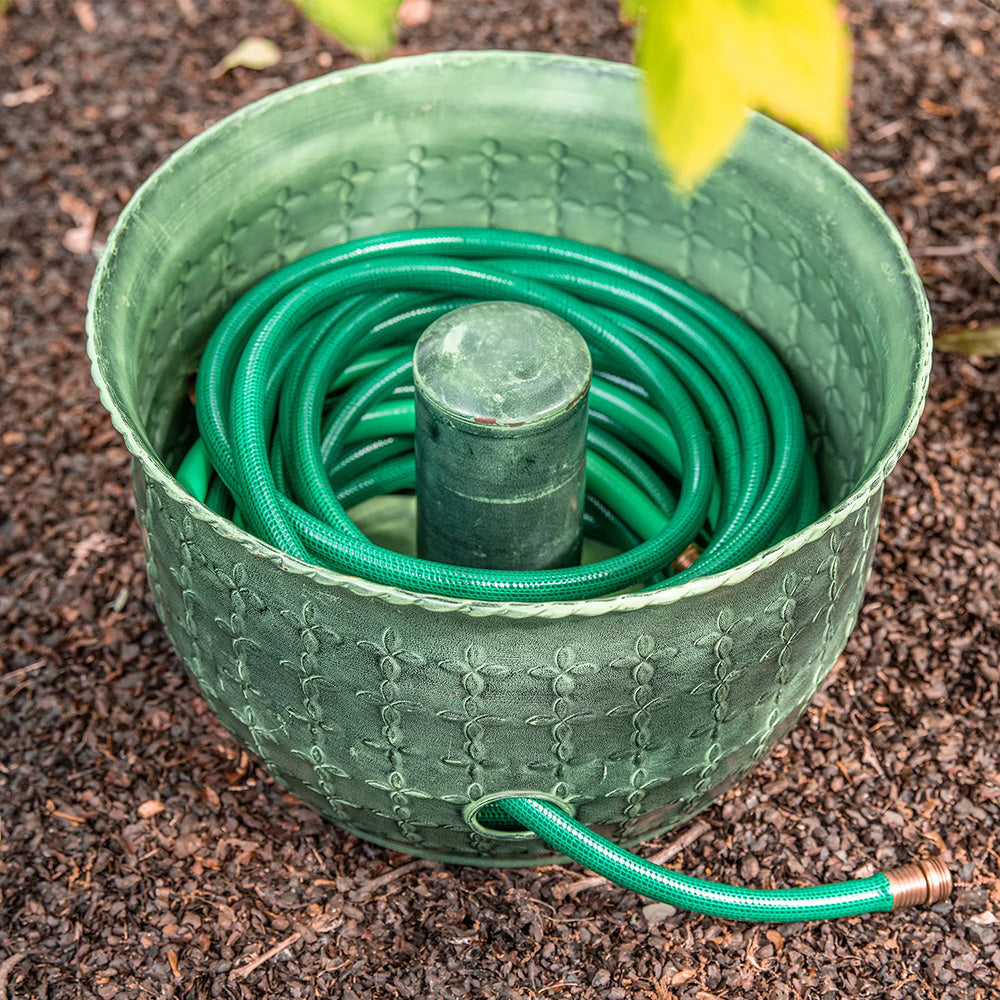
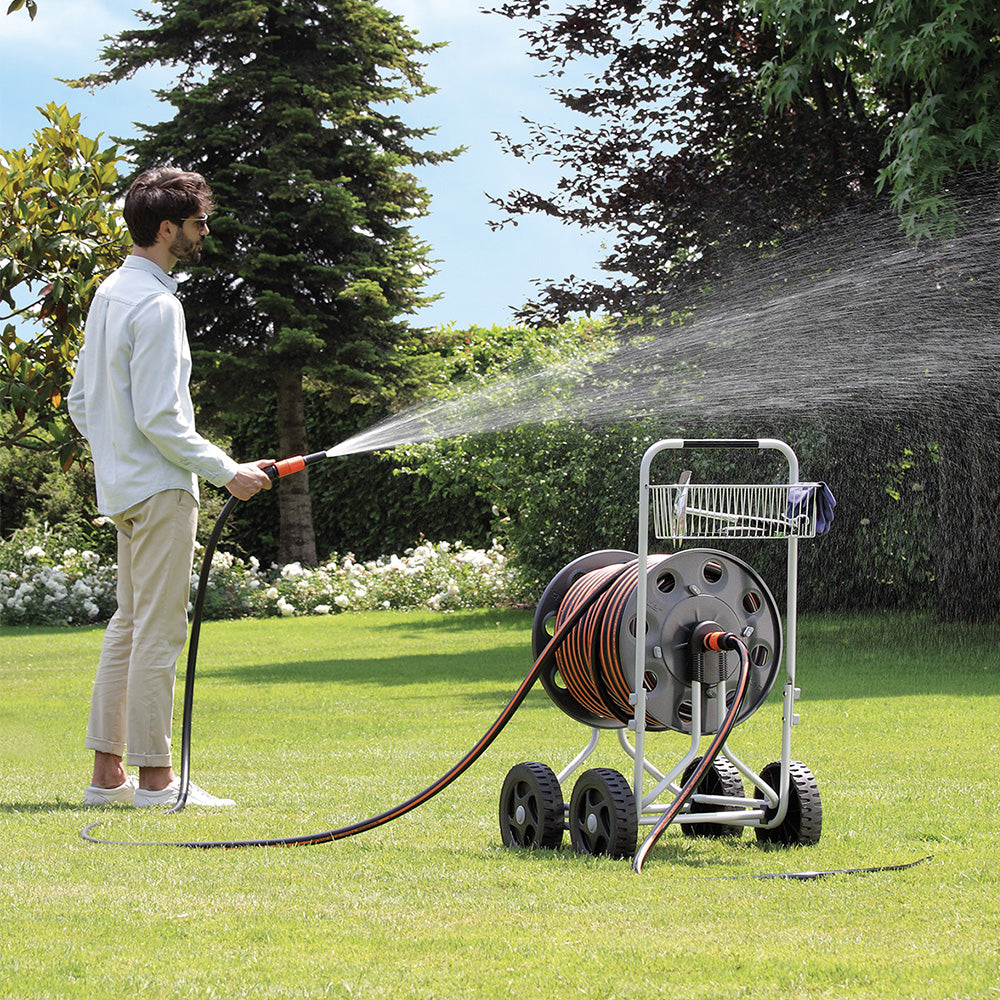
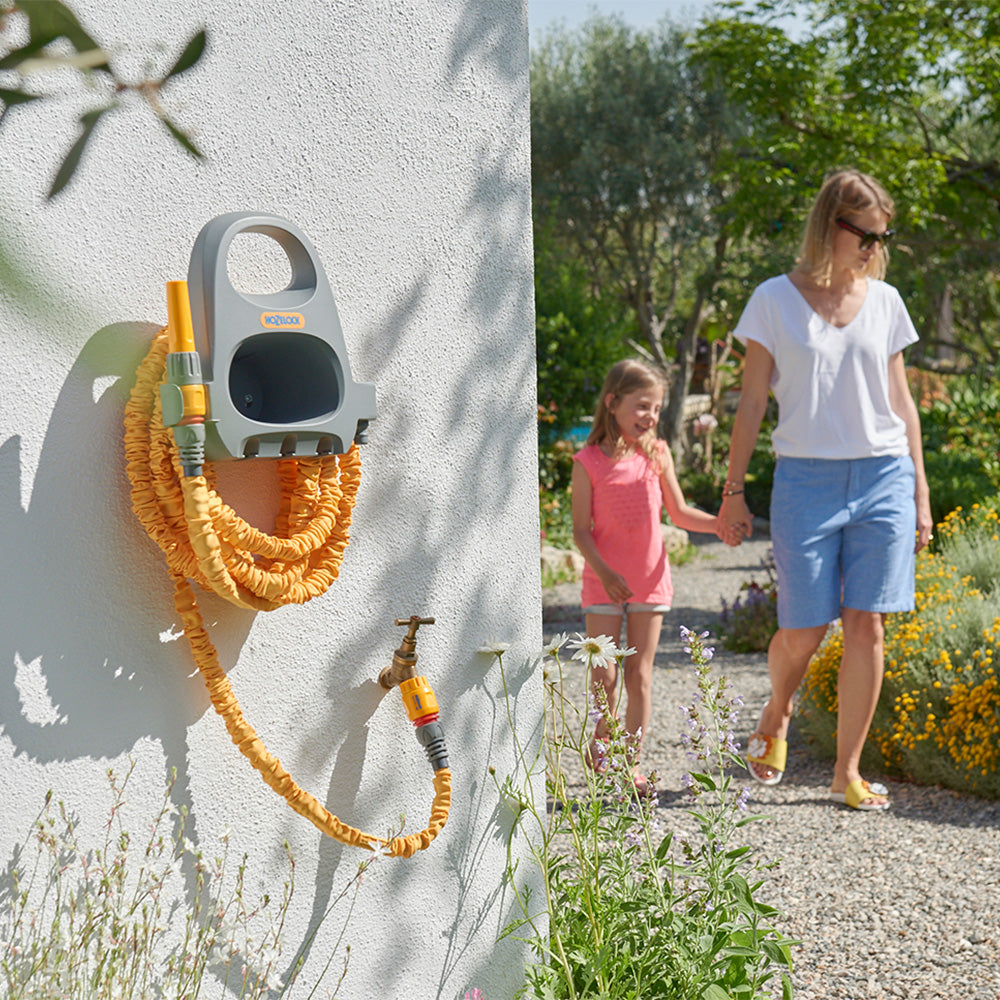


 hello@easygardenirrigation.co.uk
hello@easygardenirrigation.co.uk
 +44 (0) 1646 402 050
+44 (0) 1646 402 050